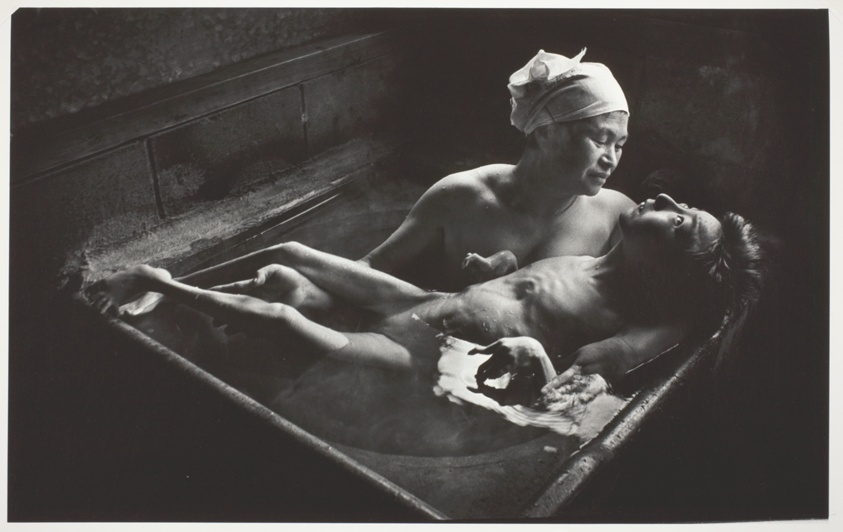
(W. Eugene Smith)
see also Tomoko Kamimura
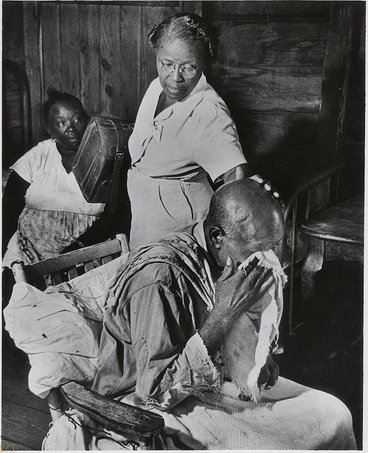
(W. Eugene Smith)
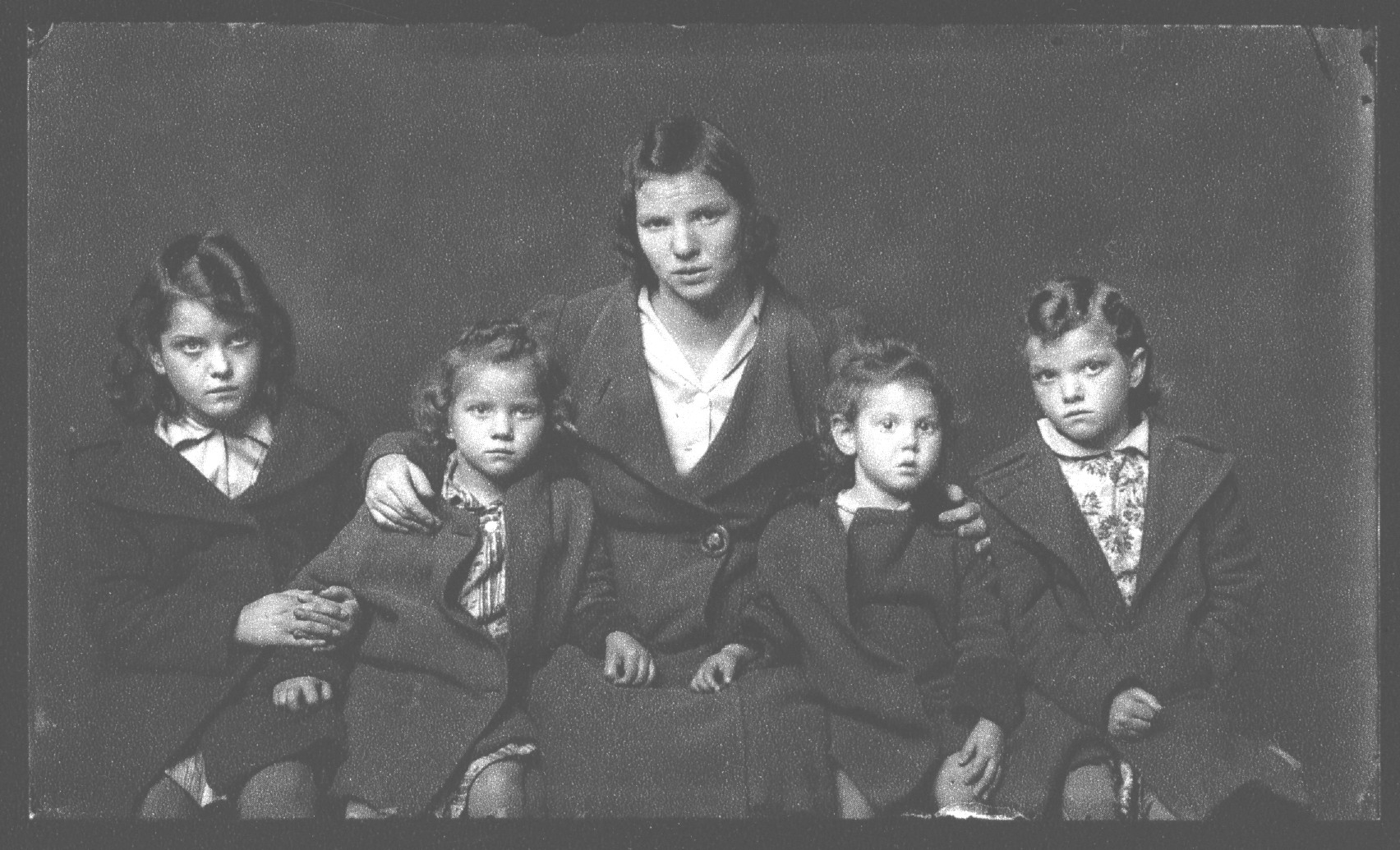
(Mike Disfarmer)
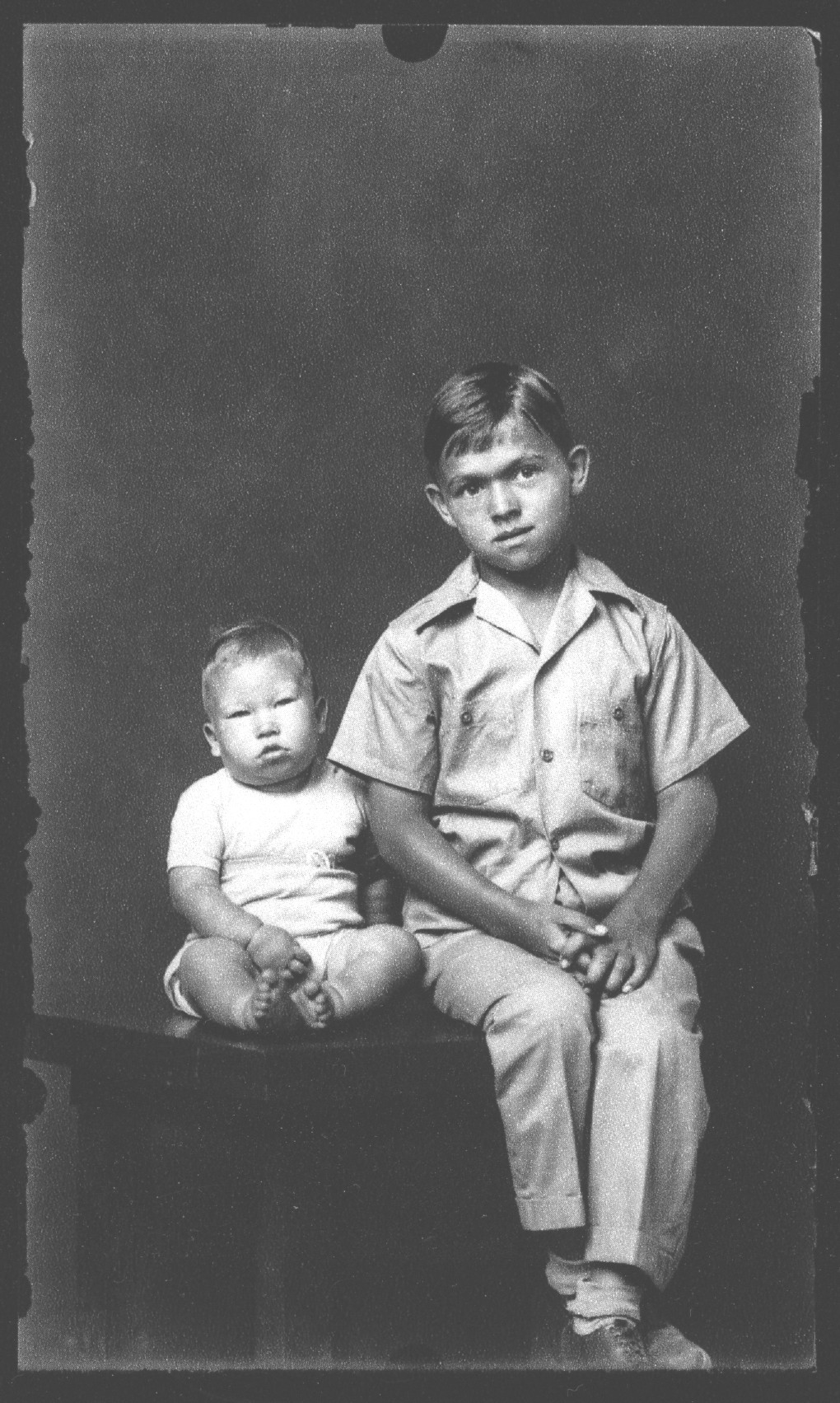
(Mike Disfarmer)
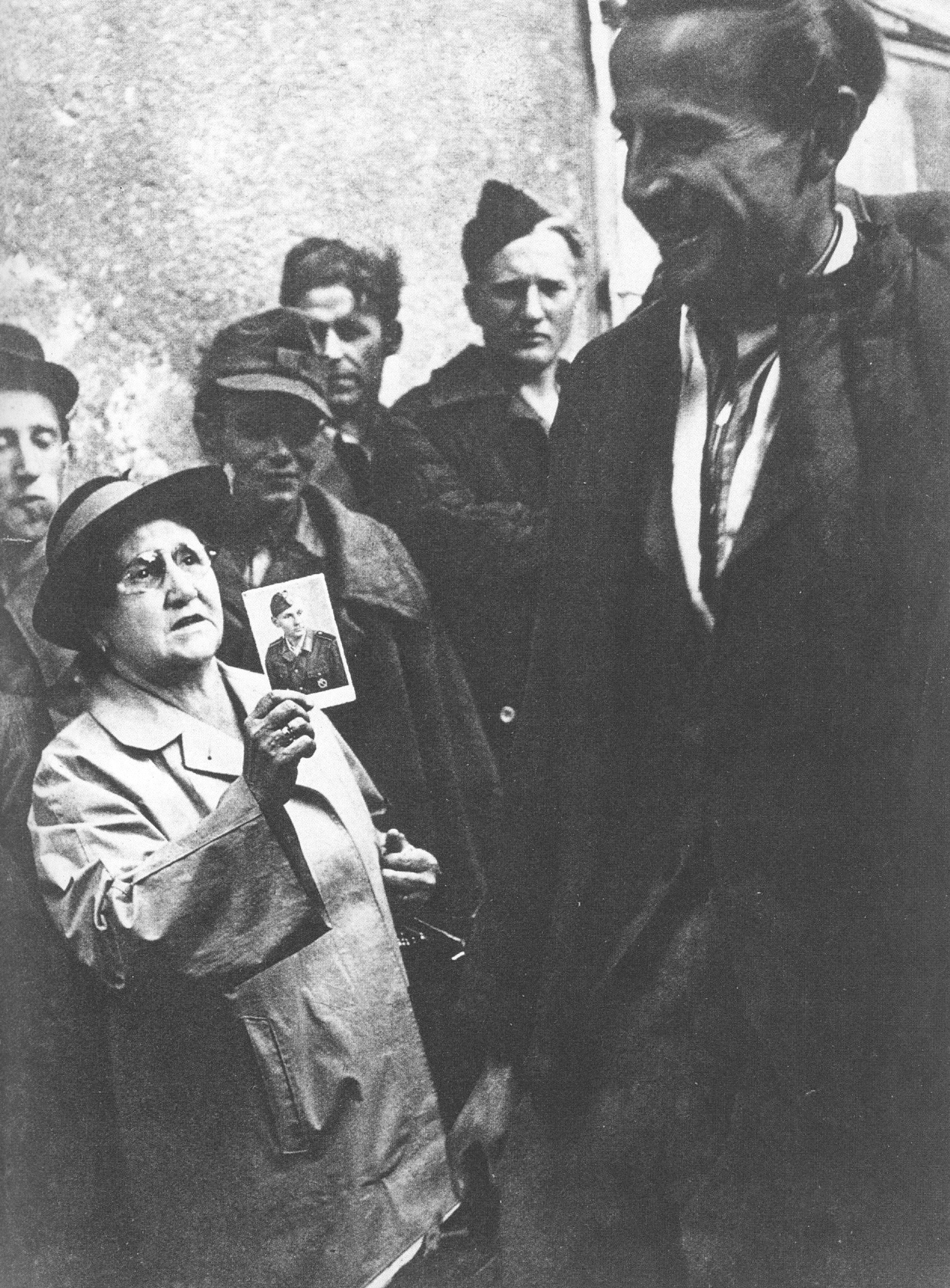
(Ernst Haas)
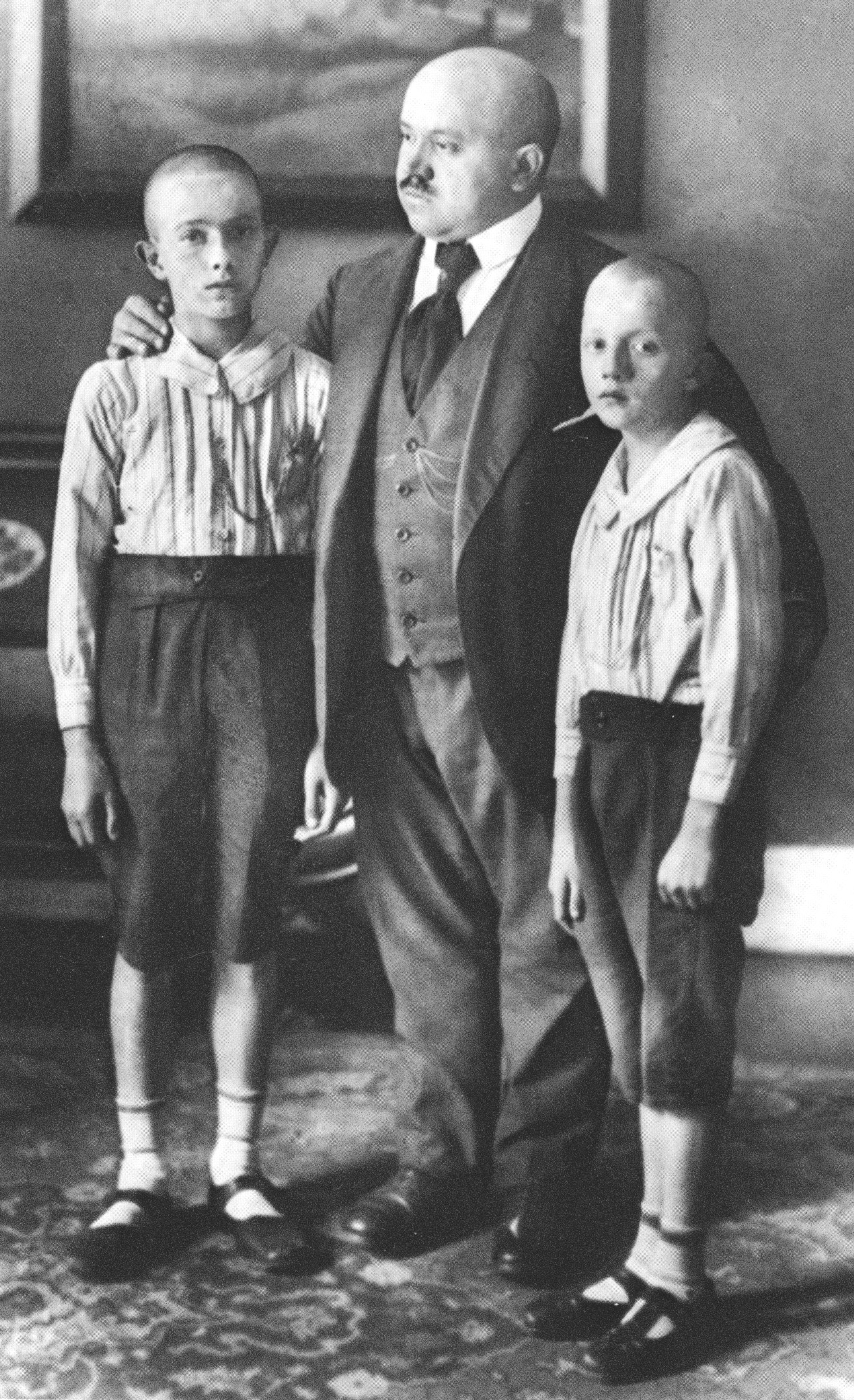
(August Sander)
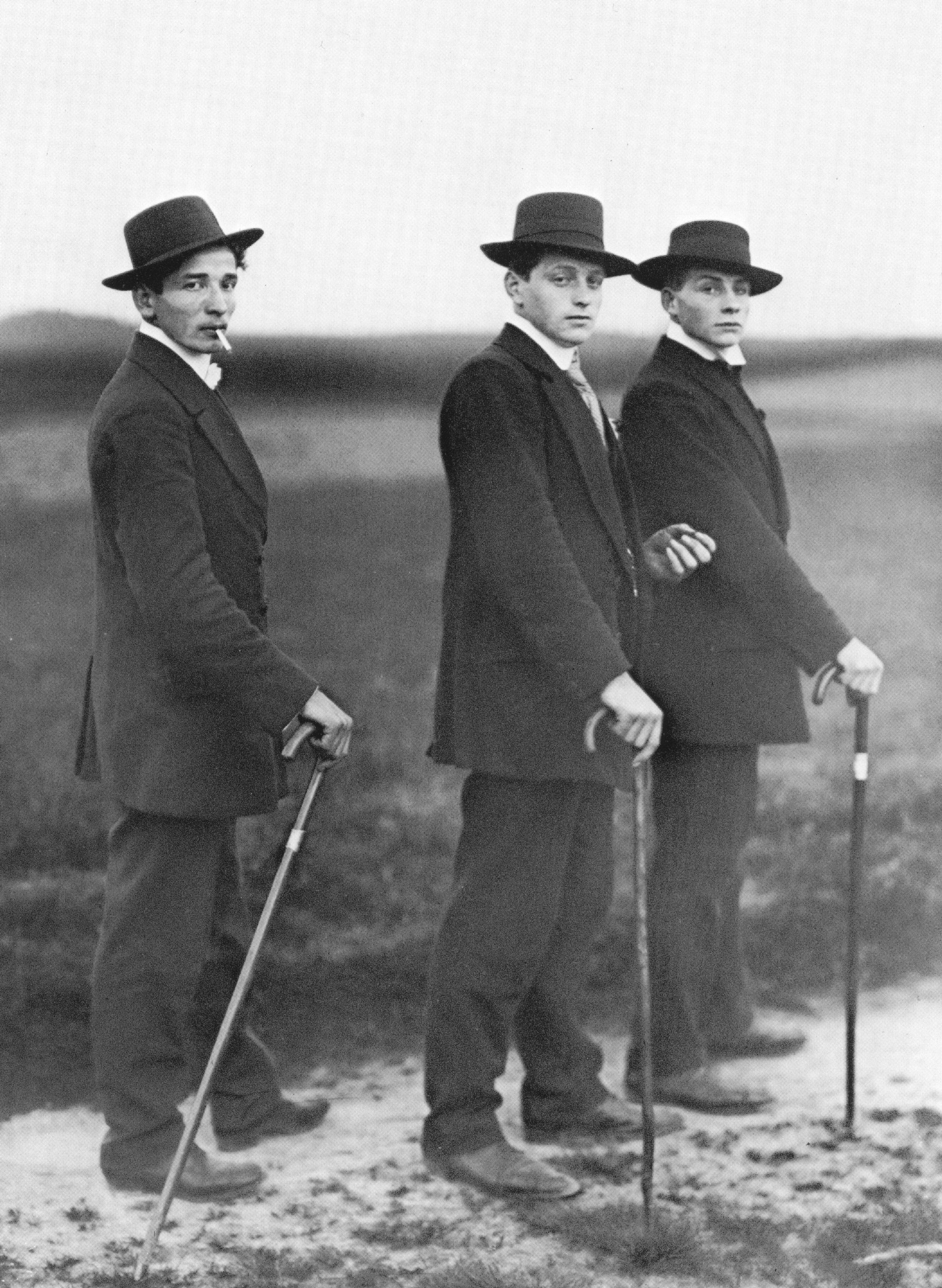
(August Sander)
(see 2020 blog post)
As usual, a Convivial Question pokes its nose under the tent of whatever I'm looking at and thinking about when it arrives. This week it was a Maria Popova posting about Etel Adnan, an artist whose work puzzles me (her paintings don't fit into what I think I know). But this Popovian bit stopped me in my tracks:
Even our ordinary minds ... are too often befuddled by their own mindless activity, the thoughts of which we presume to be the authors — but as any neuroscientist and any longtime meditator can attest, this too is part of the dream of selfhood, the dream by which we flee from the reality that we are each a passing flicker in the consciousness of time and matter....and soon after I'd copied that passage onto the yellow pad, Maureen's Question arrived:
Where do we find Solace and Consolation? How do we move forward?I have so few experiences of the sort of loss that wants solace/consolation, so not much to draw upon in my own experience, or so I thought. My immediate answer is very in-the-head: I seek/search for broader context, for the integrator that makes SENSE, that builds a convincing narrative that I can tell myself.
Somebody dies of something. I collect Information that puts the death into some satisfactory context, in medical terms mostly. And I note yet again that one's life is a bundle of accidents that form into contingencies that seem to make sense, seem to make a coherent Story in hindsight. Things happen, and the Story adjusts to accomodate. As Walt Kelly so trenchantly put it:But as for me, the written word, and music, and images that capture moments past... those are where I'd expect to find solace. And in the recognition that everything is ephemeral and passes away, transmutes, evolves. Star-stuff, flux, entropy... Control is an illusion.Life ain't nohow permanent, son.
So I resolve to study on enjoying
I fell to thinking about images that have guided my notions of the solace/consolation world, reflecting that the vast majority of the many thousands of photographs of people in my collections and library are of no-longer-living persons, contemplation of whose largely anonymous lives might be a source of solace or consolation, fully as much as the lives of people I've known in person. Or, to put it another way, my over-the-years engagement with those images has been formative in my understanding of what I can now parse as solace and consolation. And that pretty much grew out of The Family of Man, which provided a lot of the frame for my understanding of humanity as a global hyperobject. There are other books on the photography library shelves that have made significant contributions to my sense of /compassionate history/, adding to the foundation built by Family of Man. Nearly all the folk in those pictures are surely dead by now, but they still have the power to evoke.
A quick tour of those shelves begins a collection of images that speak one way or another of solace and compassion and consolation. Here are some examples, each of which perhaps needs explication that I haven't contrived yet:


(W. Eugene Smith)

(Mike Disfarmer)

(Mike Disfarmer)

(Ernst Haas)

(August Sander)

(August Sander)
(see 2020 blog post)